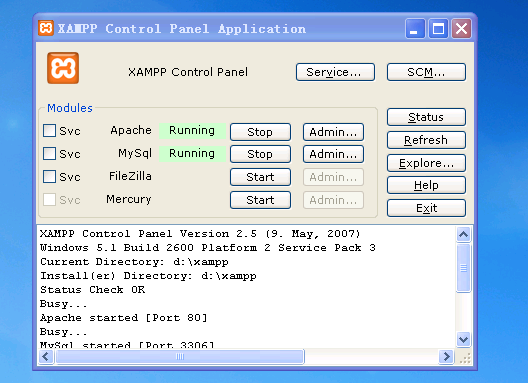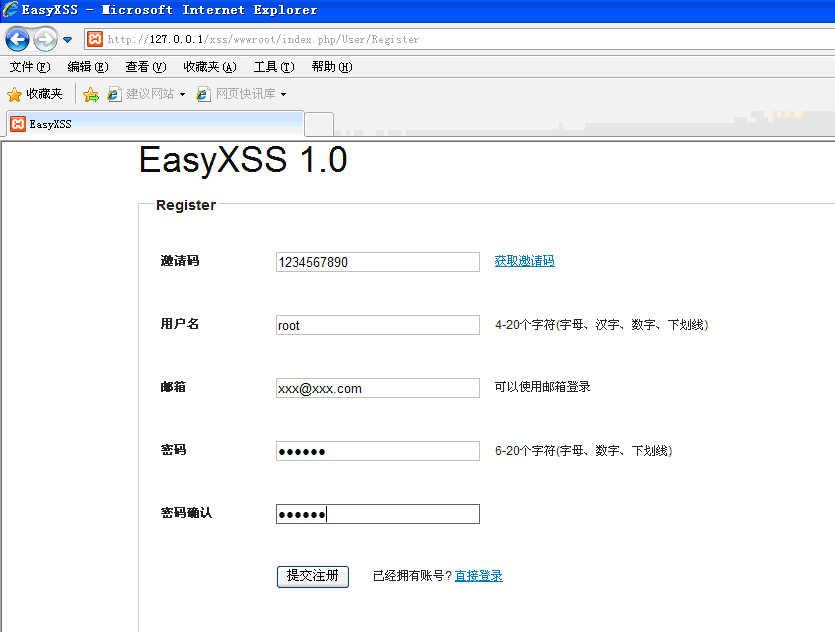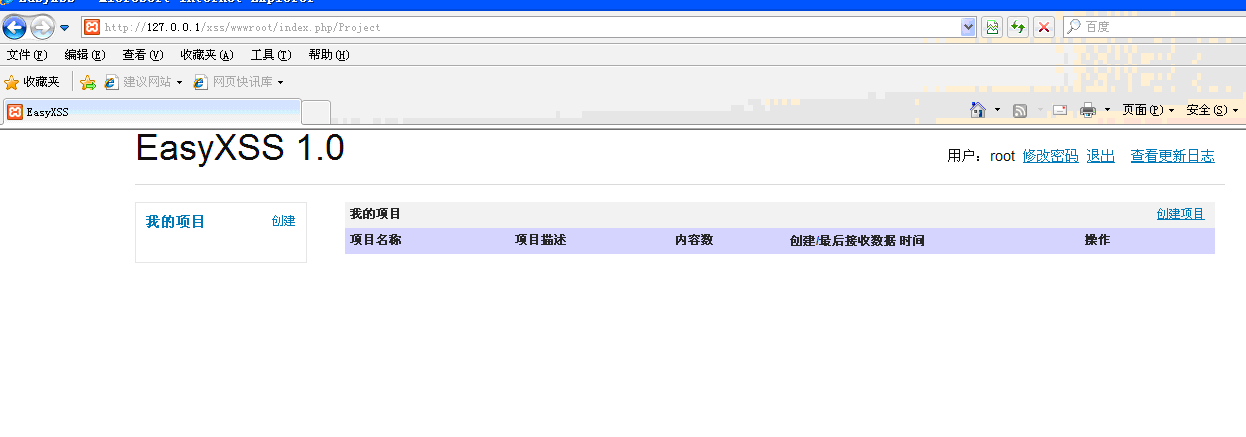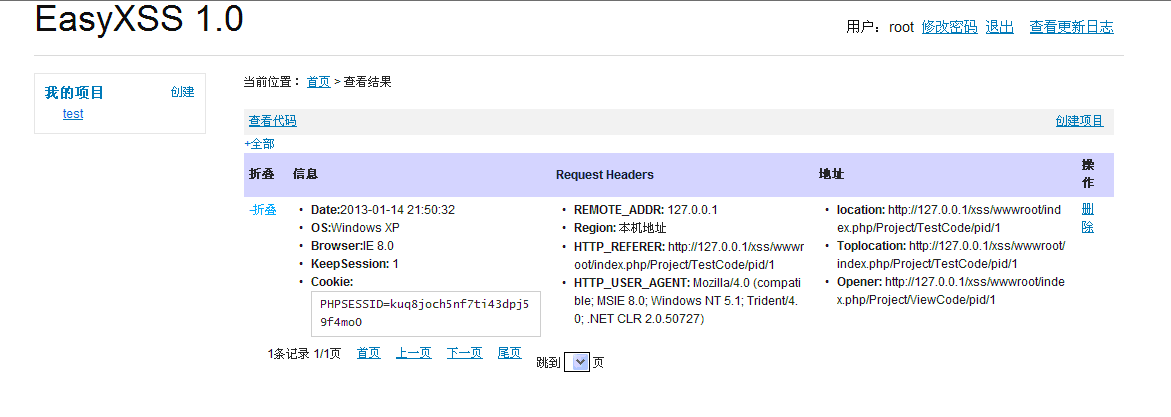使用fseek和ftell来移动到行首,替换字符串。代码如下
#include#include #include #define BUFF_SIZE 256 int showHelp(){ fputs("Usage:n", stdout); fputs("progname [filename] [oldstr] [newstr]n", stdout); fputs("n", stdout); return -1; } int replace(char *line, char *oldstr, char *newstr){ char buf[BUFF_SIZE]; char *p; int iLen = 0; p = strstr(line, oldstr); if(p) { memset(buf, 0x00, sizeof(buf)); strcpy(buf, p + strlen(oldstr)); }else{ return 0; } iLen = strlen(buf); if ( buf[iLen-1] == 'n') buf[iLen]=0; *p = '�'; strcat(p, newstr); strcat(p, buf); printf("p=%sn", p); return 1; } int main(int argc, char **argv) { char buf[BUFF_SIZE]; FILE *fp; int iNum = 0; int i = 0; long sttell, endtell; if(argc != 4) { showHelp(); return -1; } fp = fopen(argv[1],"r+"); if(fp == NULL) { perror("open file error"); return -1; } while( ! feof(fp) ) { sttell = ftell(fp); fgets(buf, 256, fp); if(replace(buf, argv[2], argv[3]) != 0) { endtell = ftell(fp); fseek(fp, sttell - endtell, 1); fputs(buf, fp); fseek(fp, sttell - endtell, 1); iNum++; } } fclose(fp); printf("num=[%d]n", iNum); return 0; }



